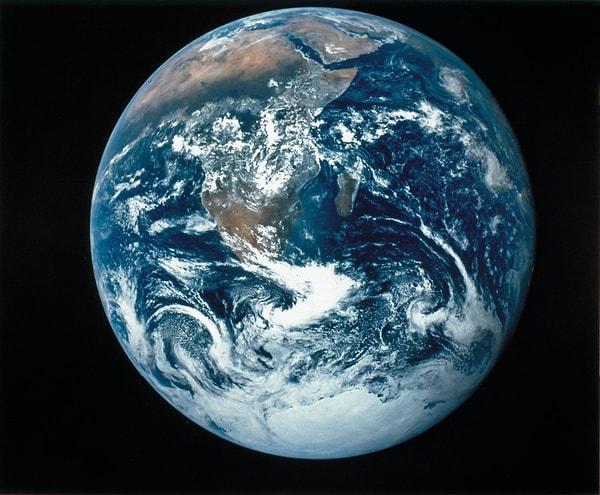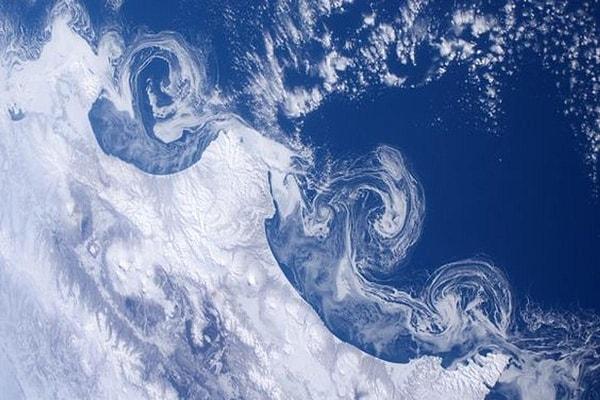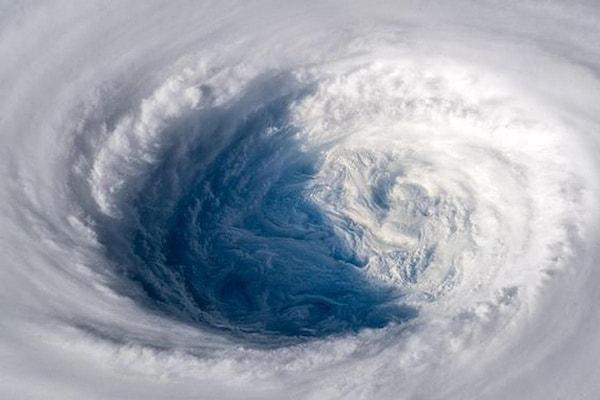The Journey of Life on Earth: From Inception to Future Sustainability
Unlocking the mysteries of life's origin, all organisms trace their roots back to living cells. While determining the exact emergence of the first cells remains challenging, geological estimates point to at least 3.8 billion years ago. The question arises: how has life evolved on Earth since the advent of the first cell, and what does the future hold for life on our planet? Join us on a journey to explore the timeline of life on Earth and contemplate the ongoing and future existence of life on this unique celestial body.
Approximately 200 billion tons of carbon are absorbed annually through a process known as primary production.

During primary production, inorganic carbon, such as carbon dioxide in the atmosphere and bicarbonate in the ocean, is utilized to create organic molecules needed for energy and life.
The primary contributor to this effort today is oxygenic photosynthesis, where sunlight and water play fundamental roles.

Deciphering past primary production rates has been a challenging task, with scientists relying on clues left in ancient sedimentary rocks to reconstruct past environments instead of a time machine.
When it comes to primary production, the isotopic composition of oxygen in the sulfate form in ancient salt beds allows for such estimates.

In this article, we compile previous estimates and others obtained through the mentioned method of ancient primary production.
The results of this productivity count lead us to estimate that 100 sextillion (or 100 billion trillion) tons of carbon have undergone primary production since the inception of life.

Imagining such vast numbers is challenging; 100 sextillion tons of carbon is approximately 100 times the carbon content Earth holds, marking an impressive achievement for the primary producers on our planet.
By determining the amount of primary production that has occurred so far and identifying which organisms were responsible, we have been able to estimate how much life has existed on Earth.

Today, the number of humans can be predicted by looking at how much food is consumed. Similarly, calibrating the primary production rate based on the number of cells in a modern environment has allowed us to make estimates.
Beyond the ability to move Earth into orbit around a younger star, the lifespan of Earth's biosphere is limited.

This unsettling fact is a consequence of the life cycle of our star, the Sun, which has been gradually becoming brighter as it converts hydrogen into helium in its core for the past four and a half billion years since its birth.
In the very distant future, around two billion years from now, all biogeochemical safety measures that make Earth habitable will be pushed to their limits.

First, land plants will die, followed by oceans boiling, and Earth will largely revert to a lifeless rocky planet resembling its early days.
However, until that time, how much life will Earth host throughout its habitable lifespan?

Predicting future primary productivity levels, we anticipate that Earth will be inhabited by cells, but the exact calculation remains elusive. Just a few decades ago, exoplanets (planets orbiting other stars) were merely a hypothesis. Now, we not only detect them but can also characterize many aspects of thousands of planets around distant stars.
Keşfet ile ziyaret ettiğin tüm kategorileri tek akışta gör!


Send Comment